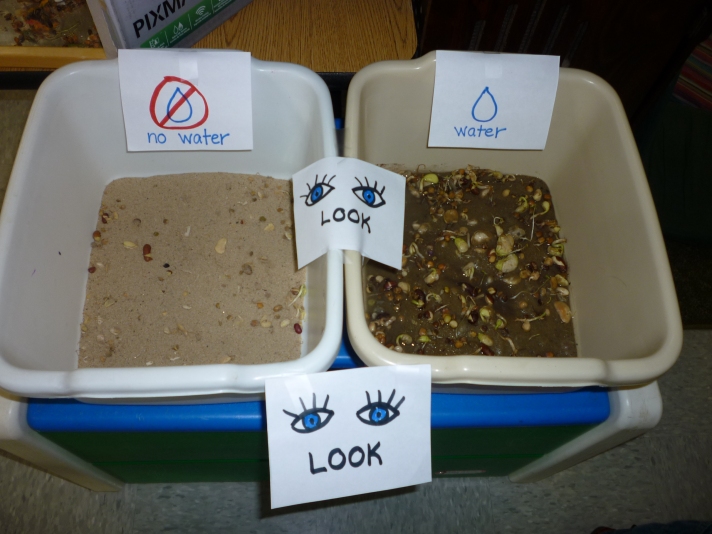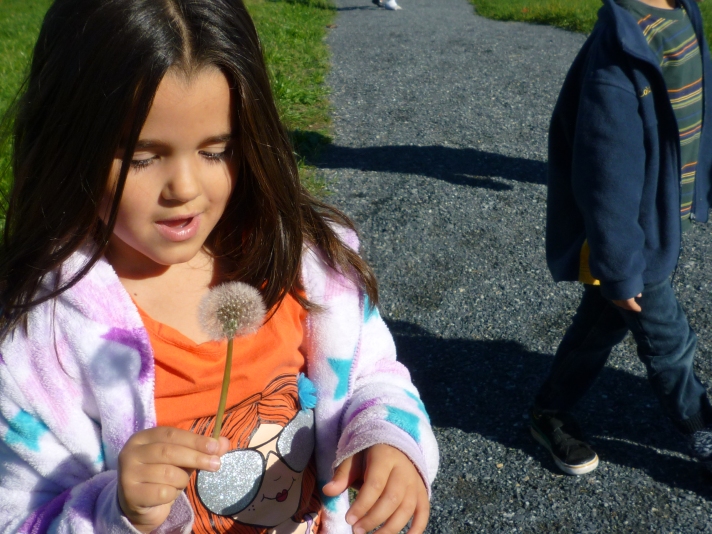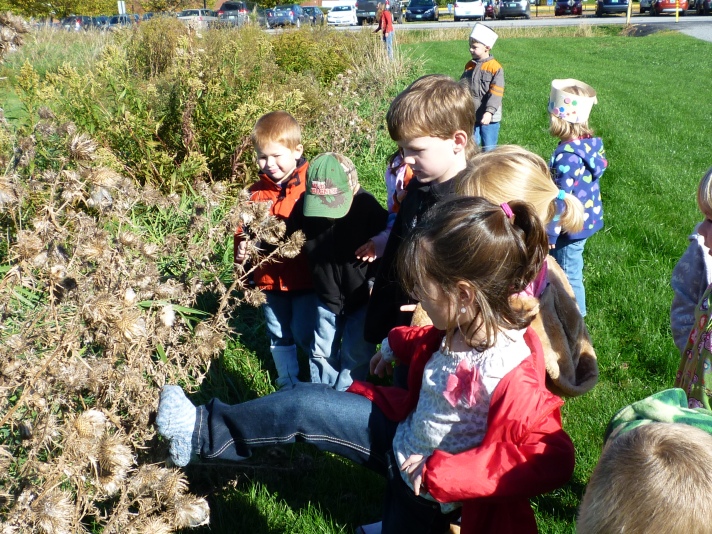What does it take to grow a giant tree?

 That is just one the questions that GEMS Pre-K students in Julie Johnson’s classroom have been wondering as they began an exploration of seeds! The class read the book, “The Tiny Seed” by Eric Carle, which prompted many discussions with the children about how seeds grow and how they can find their own seeds in the world around them.
That is just one the questions that GEMS Pre-K students in Julie Johnson’s classroom have been wondering as they began an exploration of seeds! The class read the book, “The Tiny Seed” by Eric Carle, which prompted many discussions with the children about how seeds grow and how they can find their own seeds in the world around them.
These young learners are curious about their natural surroundings and have been eager to gain an understanding of the amazing power of a tiny seed! Following the children’s lead, Ms. Johnson provided examples for the children to see, touch, and take apart. She then encouraged them to find their own seeds and bring them in to school to share with their classmates.
 All kinds of interesting things ended up on the science table…pine cones, green beans, popcorn! The students looked carefully and imagined what kind of plant or flower would grow from their tiny seeds.
All kinds of interesting things ended up on the science table…pine cones, green beans, popcorn! The students looked carefully and imagined what kind of plant or flower would grow from their tiny seeds.

Julie also followed up on the children’s thinking by setting up an experiment with planting seeds in 3 environments: sand only, water only, and soil. She had the children predict which environment (cup) the seeds would best grow in. There was a wide range of thinking about this. All the children’s statements and questions were written down, photographs were taken, and then a documentation board was made to track their findings.

Children commented on the photos and asked about the writing. The children reflected on what they had done and who had been with them while exploring seeds. In this way, the children were able to review their thinking and activity. They continued to guess and discuss which environment the seeds would grow in.
Next, Ms. Johnson dumped a bag of soup beans into the sand table, expecting that they would remain in their “soup-bag” state. But, overnight, the beans sprouted! Children quite naturally came up with their own observations and predictions: the beans would grow into giant plants, the beans would not grow at all, or the beans would grow to be frogs … “Look there’s a leg!” The bean did look like a tadpole leg!

Julie discussed with team members how to guide the children’s exploration after such a surprise occurrence. They decided to separate the beans into two smaller bins – one in which the beans would be watered and one in which they would not be. Children watered the seeds in one bin and continued to make observations about the differences daily, predicting what might happen next.
 The children return again and again to their exploration of seeds. Parents report hearing their young child explain over dinner what seeds they are eating. Students remark, “seeds are everywhere!” They are eager to spend time outside finding even more seeds to observe.
The children return again and again to their exploration of seeds. Parents report hearing their young child explain over dinner what seeds they are eating. Students remark, “seeds are everywhere!” They are eager to spend time outside finding even more seeds to observe.
The preschool program at GEMS is focused on guided exploration – respect the thoughts of children, follow their lead in pursuing the answer to their questions, and reflect their thinking back to them. Allow the child to personalize their own learning by fostering their natural curiosity about world around them.

Reggio Emilia, an internationally recognized preschool system in Italy, has informed our approach to early childhood education. Learning for young children starts with real experiences. Preschools must focus on a child’s life experiences and make investigation, study, and application the foundation of their learning.
All it takes is a tiny seed!



wonderful! and the best thing is that dandelions and milkweed will remind those students of their learning every year when they see them!
LikeLike